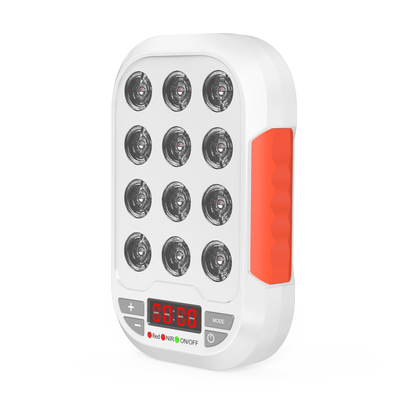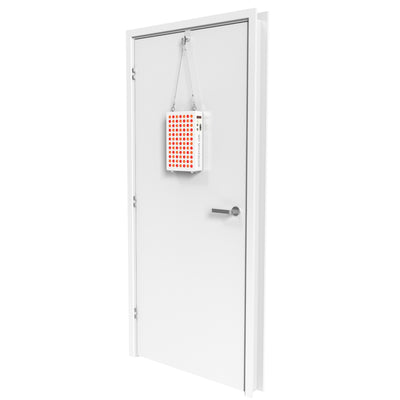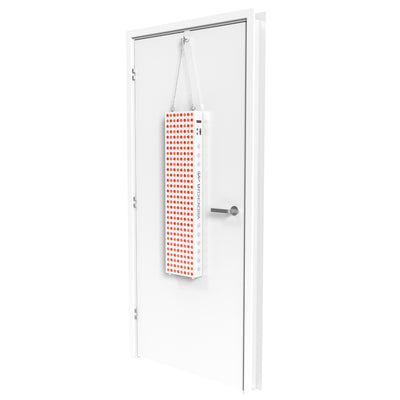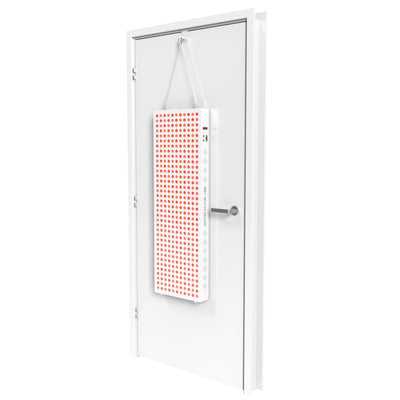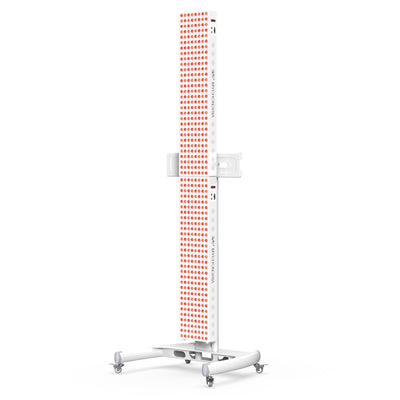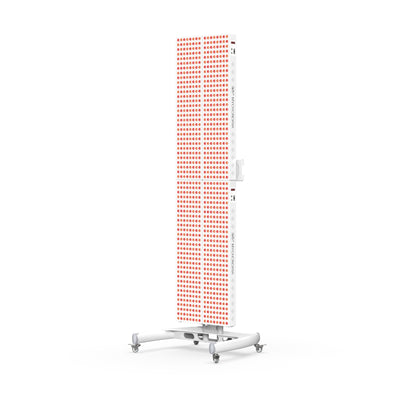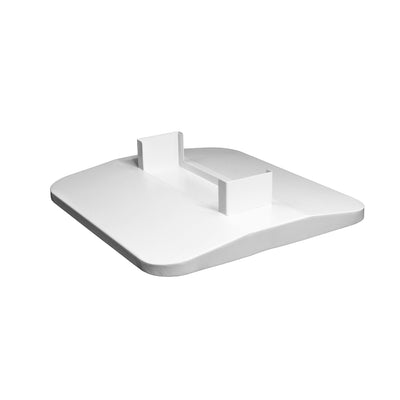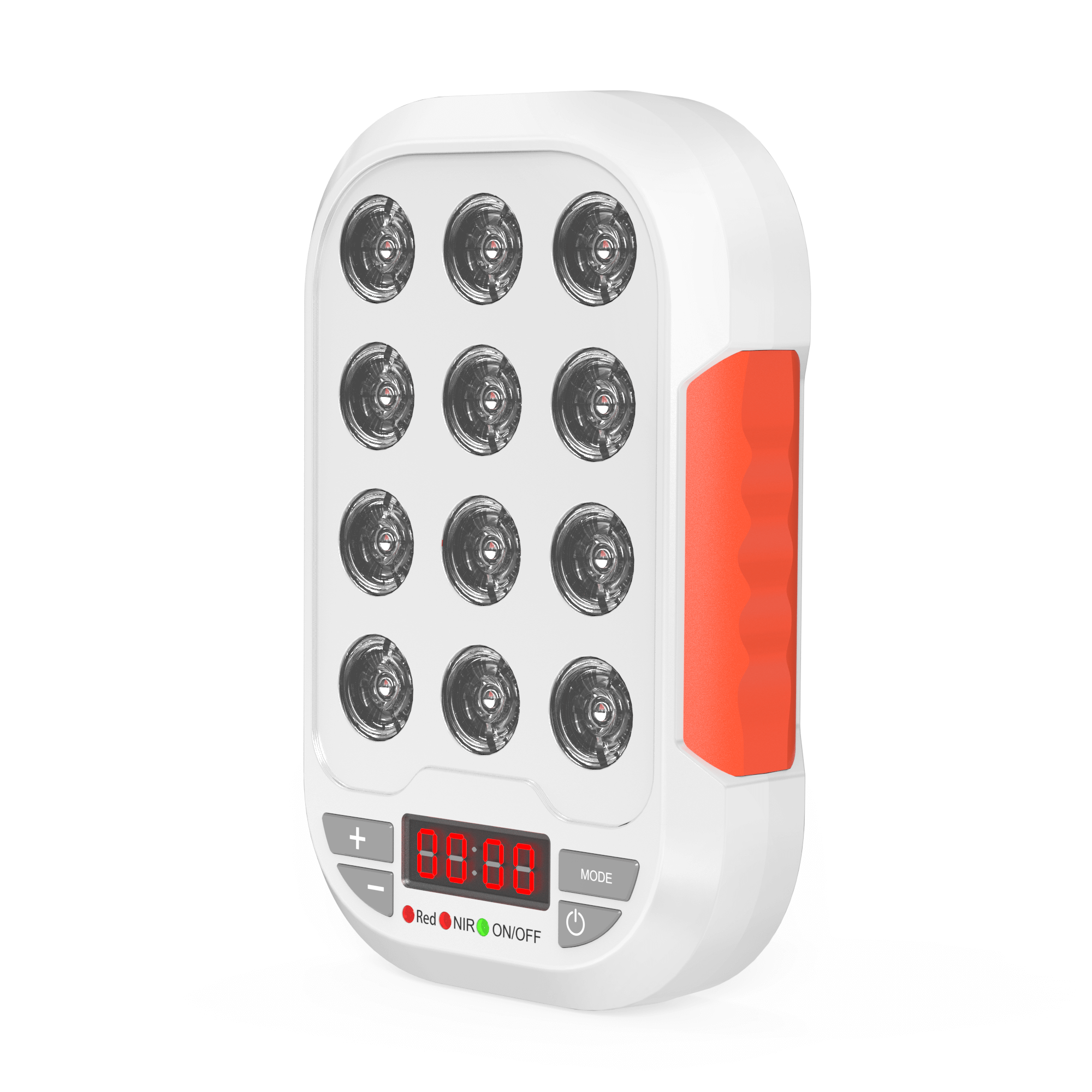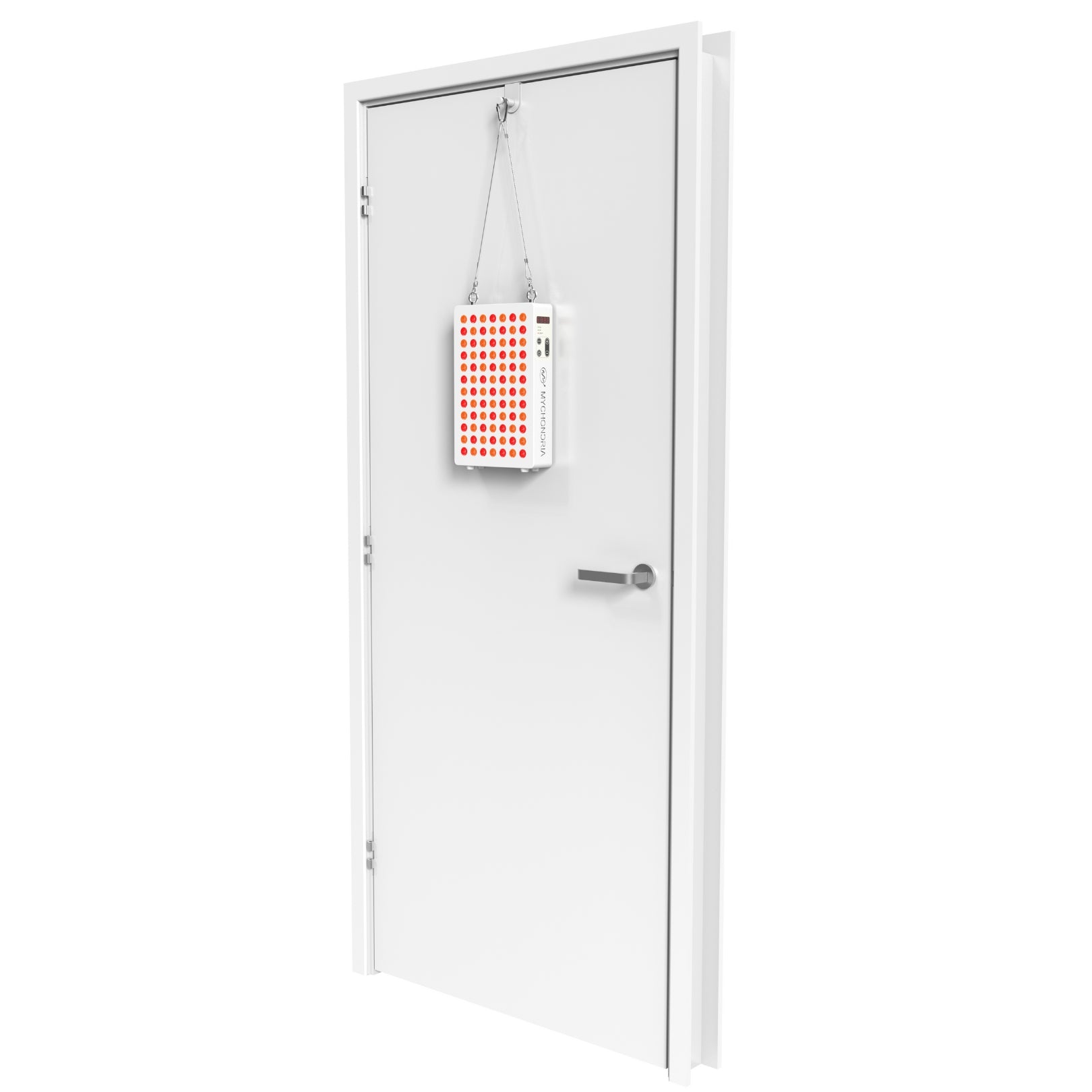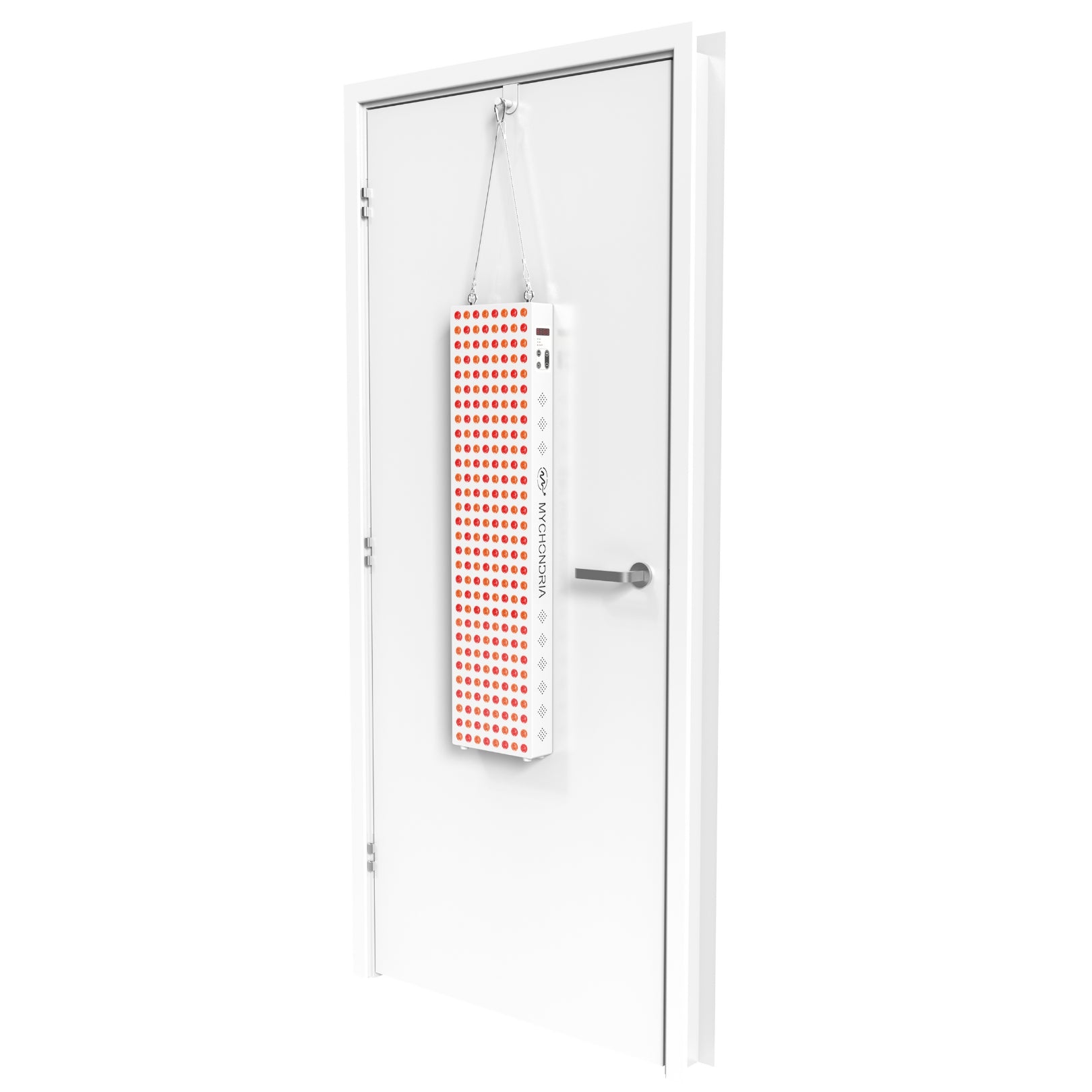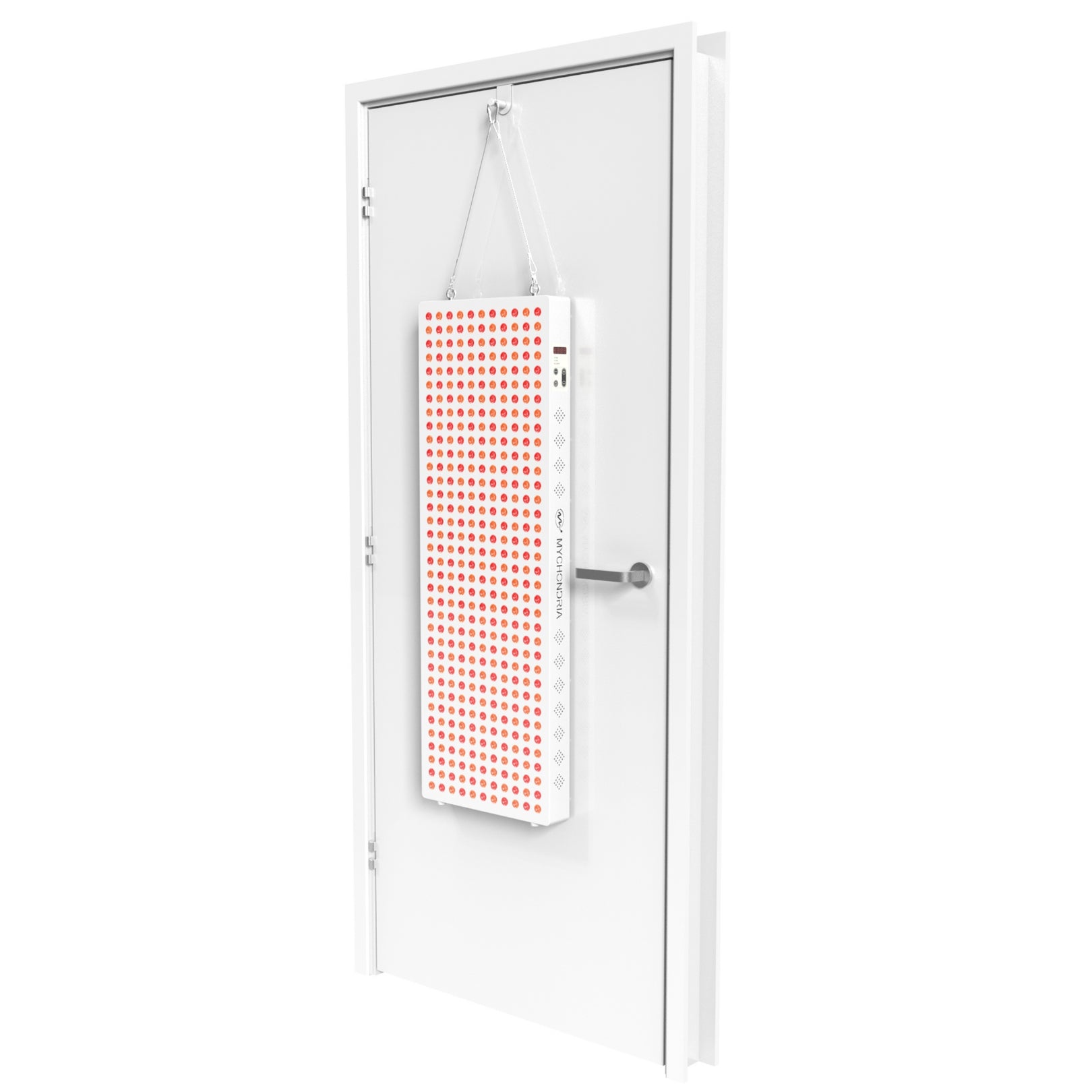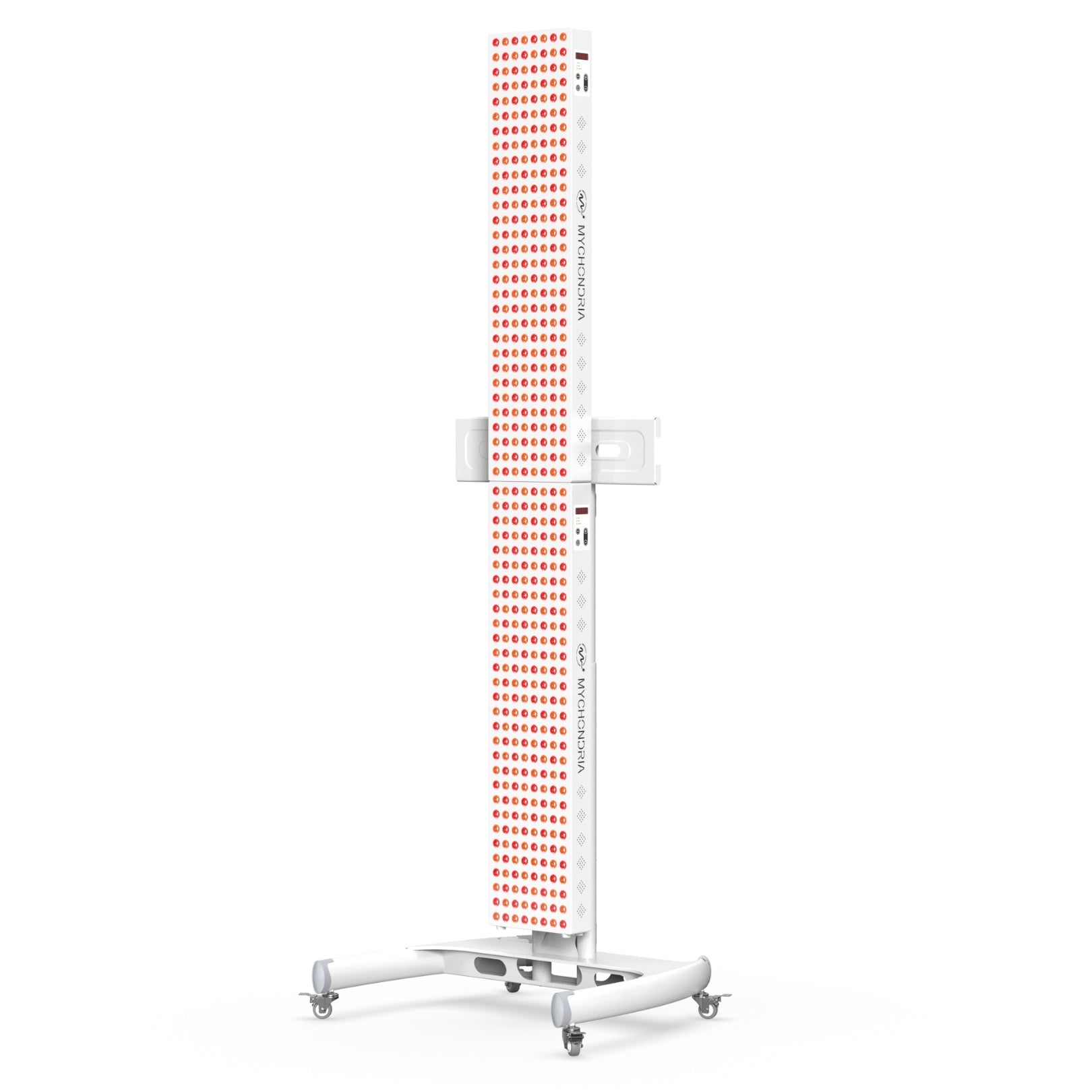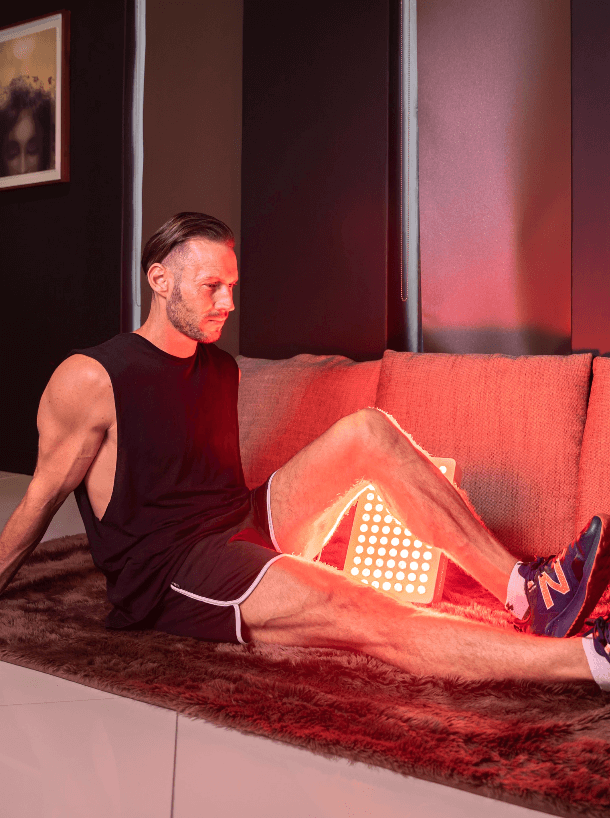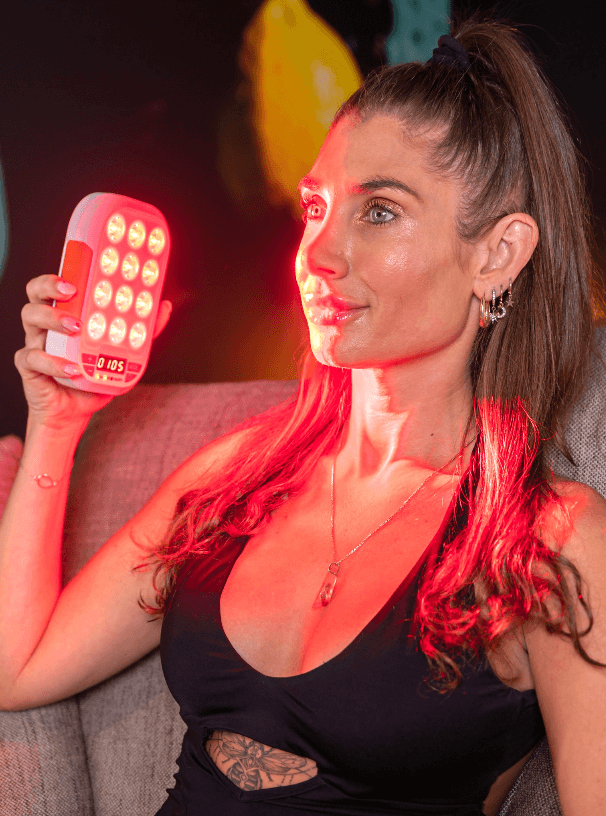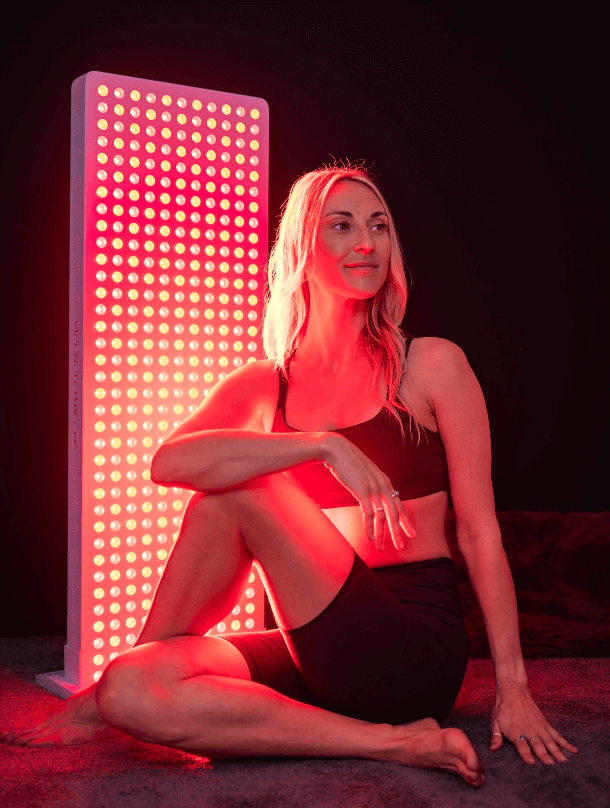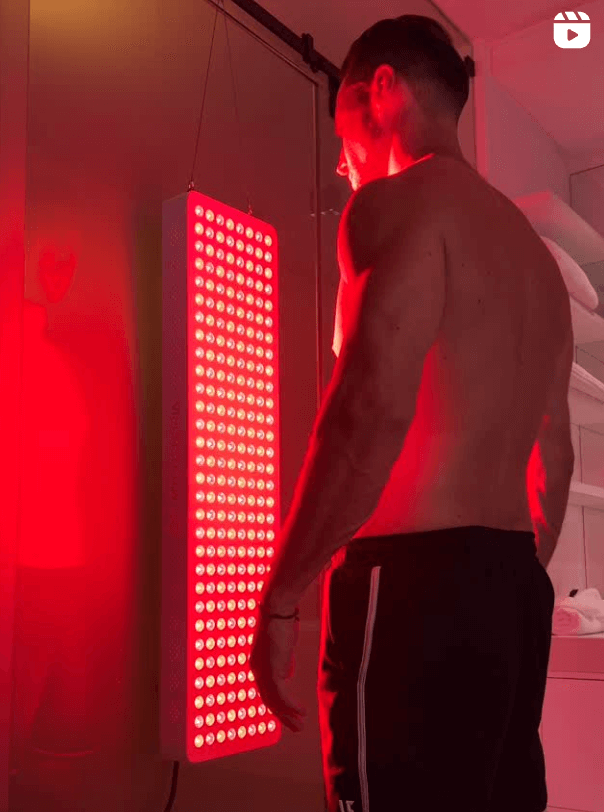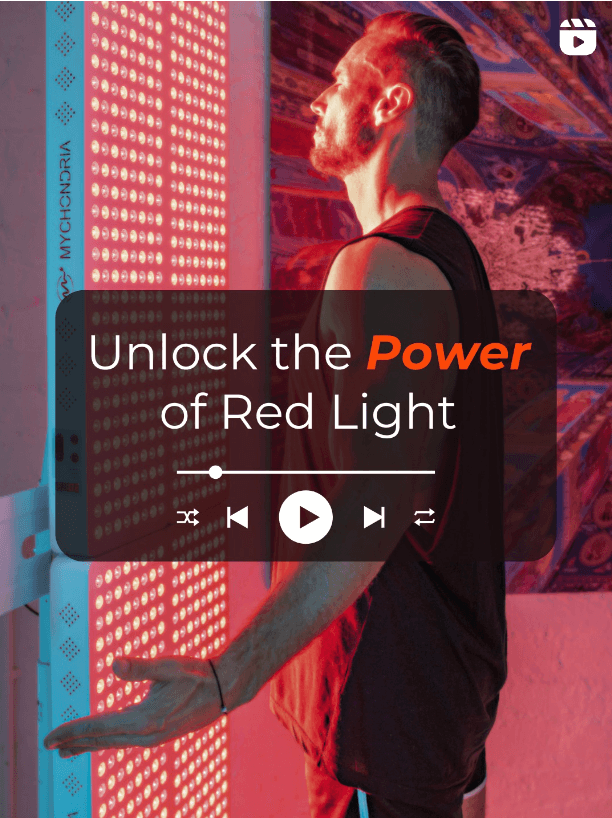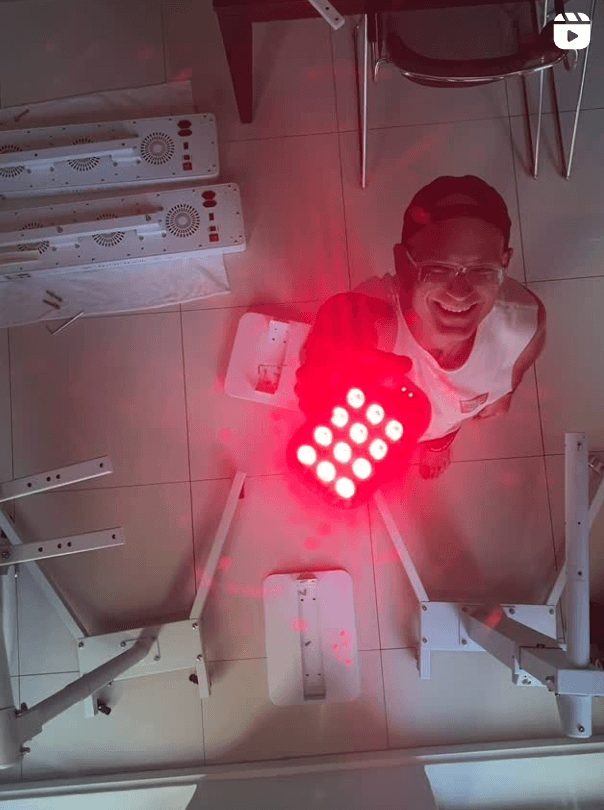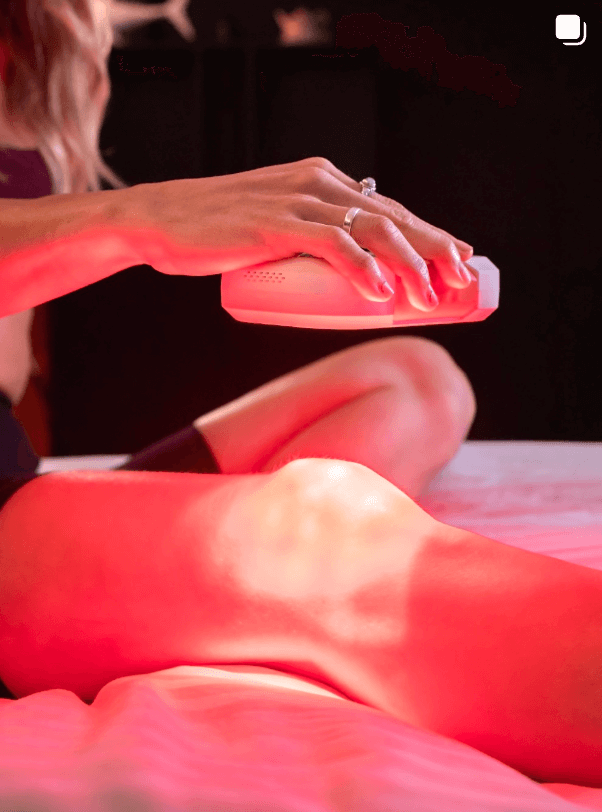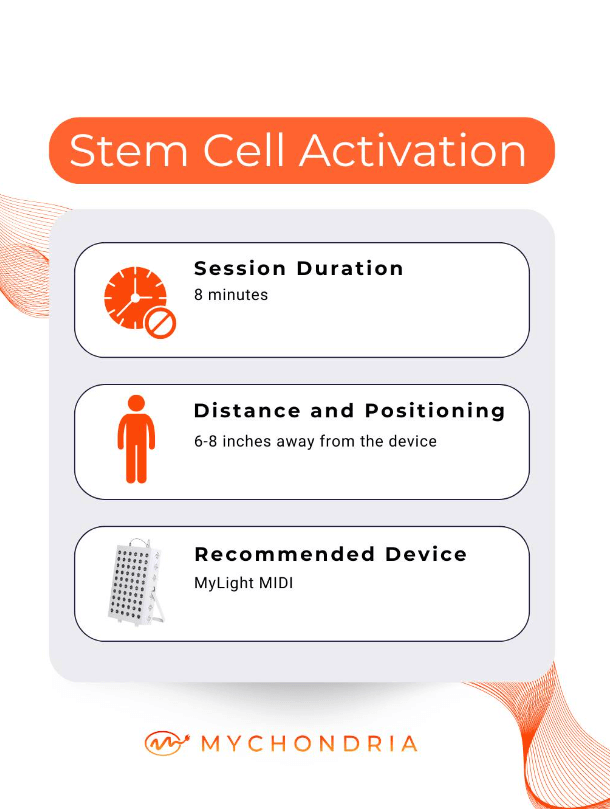Welcome to our blog, where we illuminate the path to finding a home red light therapy device that will actually get you results.
Unfortunately, if you don’t know what you’re looking for, you could end up spending a lot of money on a product that is nothing more than a fancy party light.
In this guide, we unveil the four crucial elements to consider when selecting a red light therapy device, ensuring you make an informed decision that paves the way for optimal results and a rejuvenated you.
So, let's embark on this enlightening journey together and shed light on the essential criteria that will guide you towards your ideal red light therapy companion.
(1) Light Intensity
This is a measurement of how much light energy is being received by the cells in our bodies, measured in a unit called milliwatts per centimeter or mw/cm2.
Looking for a device that provides around 100 mw/cm2 at the prescribed treatment distance should be sufficient and provide an indication of the quality of the lamp.
(2) Wavelength
Red light devices emit wavelengths of light between 600 – 1000 nM. This is between the red and near-infrared wavelengths of light on the light spectrum. Different wavelengths of light are beneficial to specific parts of the body. The best red light devices emit a broad range of wavelengths, but specifically concentrated in the mid 600 and mid 800 nM wavelengths – as this is where the most therapeutic benefit occurs.
(3) Customized Protocol
Achieving different benefits will have different usage protocol. Generic red light device companies will give very broad and unspecific treatment times and distances at which to you use your device.
A company with high quality products will base their treatment times on the scientific literature, with treatment times listed according to the benefit you are after.
(4) Electro-Magnetic Fields (EMFs)
EMFs are fields that are created by any electronic device, where studies have reported that excessive exposure can result in cell damage as well as oxidative stress.
Ensuring that your red light device doesn’t emit an EMF at the treatment distance is important for achieving the results you are after.
Where To Find A Device That Will Give You Results?
If you're looking for a device that ticks all the boxes, and is guaranteed to give you consistent results, then be sure to get yourself a MyLight device.
These devices all come with clear guidelines so you know exactly how long to sit in front of your device for the benefit that you would like to achieve.
Experience the transformative power of red light therapy risk-free with our exclusive 30-day trial period. We believe in the remarkable benefits our red light therapy device offers, and we want you to experience them firsthand.
